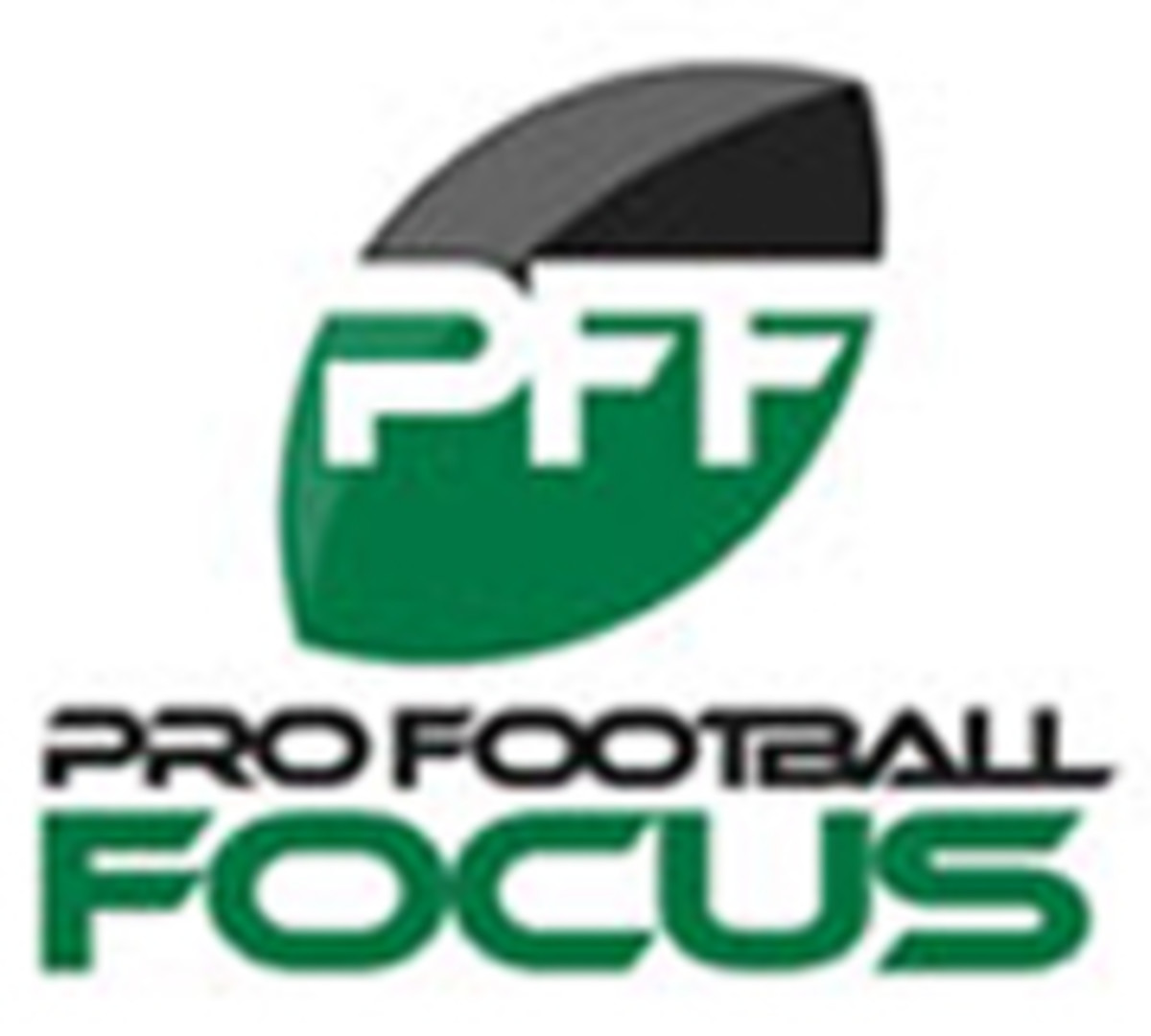The Jaguars Have Been Downright Offensive

Editor’s note: Throughout the 2015 NFL season, The MMQB is publishing an advanced analytics column by Neil Hornsby, the president of football operations at Pro Football Focus.

Last year the Jaguars’ offense ranked dead last in our grades—and the gap between that unit and the NFL’s second-worst offense (the Raiders) was a yawning chasm.
During his rookie season, Jacksonville quarterback Blake Bortles looked to be so far out of his depth while throwing to a group of young wideouts that dropped more passes than any other receiving corps in the league. The running game, meanwhile, was powered by Toby Gerhart, a back so one-directional that his path to the point of attack looked to be drawn with a ruler.
Offensive coordinator Jed Fisch was replaced in the offseason by Greg Olsen, who had just been fired as the coordinator of—wait for it—the Raiders! Commentators postured on how much progress could really be made by replacing the coordinator of the 32nd-ranked offense with the coordinator of the 31st-ranked offense. But fast-forward to now and the Jaguars have jumped to No. 9 in our grading.
They’ve made massive strides at quarterback, running back and wide receiver—and their offensive line has made progress as well. Unfortunately, the improvement isn’t reflected in their record (4-8). The defense, which kept the team in a number of games in 2014, hasn’t been as reliable. The Jaguars have lost games this season in which they scored 25, 31 and 39 points. A look at the offensive turnaround:
Quarterback
While he was far from perfect, there was a lot to like about Blake Bortles as he entered the NFL. He had good arm strength and the confidence to fit passes into tight windows, plus the willingness to stand tall under pressure and take a hit. He was a solid choice for the Jaguars to take with the third overall pick. I liked him so much, in fact, that I predicted he would be the league’s Offensive Rookie of the Year. That, of course, didn’t turn out to be one of my better choices.
Bortles turned out to be our lowest-graded quarterback in 2014 by a huge margin. If you took away his excellent running and scrambling grade, his PFF rating was remarkably similar to the rookie campaign of Blaine Gabbert—the QB the Jaguars took first in the 2011 draft.
This year, if you take away his awful performance against the Ravens, he would be among our top 10 QBs. Even including that performance against Baltimore, he’s No. 13. That’s a remarkable turnaround. It’s not predicted on eliminating the really terrible throws—his turnover-worthy passes have actually gone up slightly, from 2.9% to 3.7%—but rather a function of his significantly increasing the number of positively graded throws (up to 20.4% from 12.9%).
A lot of this has to do with the style of offense Greg Olsen is running. Bortles is throwing much deeper passes and using his “new” weapons effectively (more on them in a moment). Bortles’ average depth of target has gone from 7.4 yards (30 of 32 quarterbacks in 2014) to 10.1 (sixth); his rate of 20+ yard passes has risen from 10.5% of throws (26th) to 16.8% of throws (third). He’s cut down his halfback screens from more than twice the NFL average and replaced them with go routes and posts. The go routes in particular have been very effective; his passer rating here is 113.0, well above the NFL average (86.7) for the throw.
The improvement has been exceptional, but the next stage is to reduce the very bad passes. Tom Brady is at 0.9%, and while that is rarified air, it sets the benchmark for what can be achieved.
Wide Receivers
Bortles has done well, but he’s had a lot of help from his receivers. The Jaguars now have two ranked in our top 16 (Allen Robinson and Allen Hurns)—and three in our top 34 (add Bryan Walters). If they can get Marqise Lee healthy and playing to expectations, and if they can get Rashard Greene to become more than just a decent punt returner, this will become a formidable group.
Allen Robinson in particular is giving defenses a lot to think about. We already mentioned Bortles’ 113.0 passer rating on deep balls, but that stat is best explained with a little context. His receivers (and Robinson especially) are helping to make that a gaudy number. While Carson Palmer or Cam Newton might hit his receiver in stride, Bortles is benefiting from his guy’s ability to win contested passes.
Halfback
Everyone loves a first-rounder, and first-round halfbacks in particular get almost as much hype as first-round quarterbacks. What I don’t understand, however, is how the Rams’ Todd Gurley continues to gets so much air time while the Jaguars’ T.J. Yeldon—a second-rounder who I think has been a slightly better all-round back—seems to be a mere afterthought at times.
Yeldon has only 19 fewer yards from scrimmage than Gurley. He’s broken or avoided 40 tackles (Gurley has 30) and has never fumbled (Gurley has twice).
We’re not saying Gurley isn’t a very good player; he certainly is. But Yeldon isn’t getting the praise that he deserves.
Of course, he’s not perfect either. Yeldon’s pass protection needs a lot of work, as his two sacks, two hits and nine hurries allowed will attest, but he’s a major upgrade at the position and has the ability to do a lot more.
• MORE FROM PRO FOOTBALL FOCUS: Pro, college and fantasy analysis
Overall, the Jaguars and Greg Olsen have an offense that is becoming very dangerous and difficult to contain. I haven’t even mentioned tight end Julius Thomas, who is coming on after a slow, injury-plagued start—or the fact that Jacksonville’s best lineman, guard Brandon Linder, has been out since Week 3. A similar move forward from the defense (or even a return to last year’s form) and this team won’t be an afterthought for much longer.
